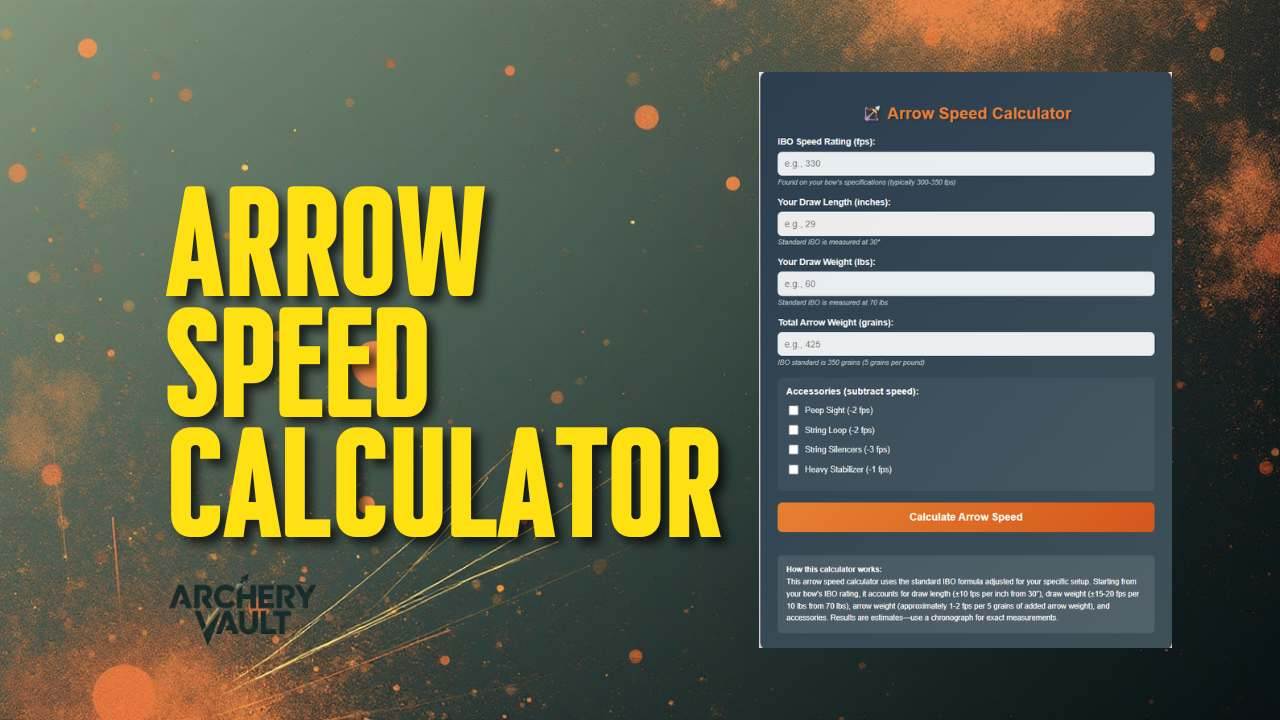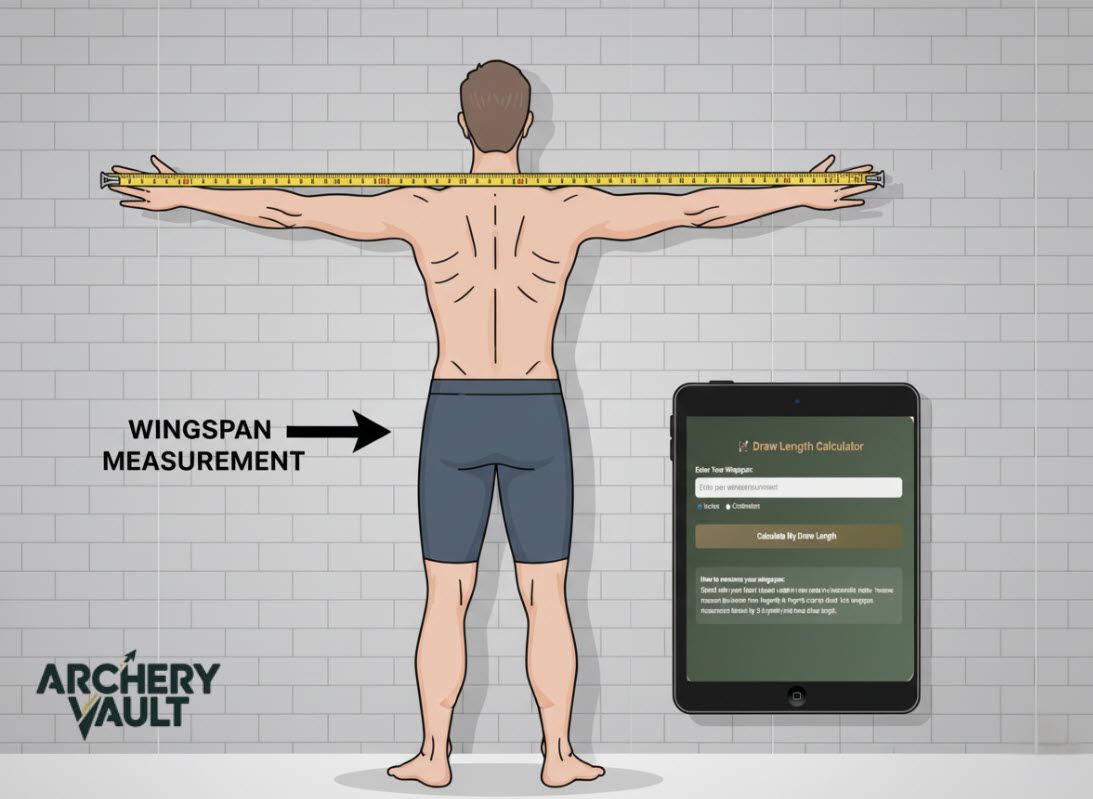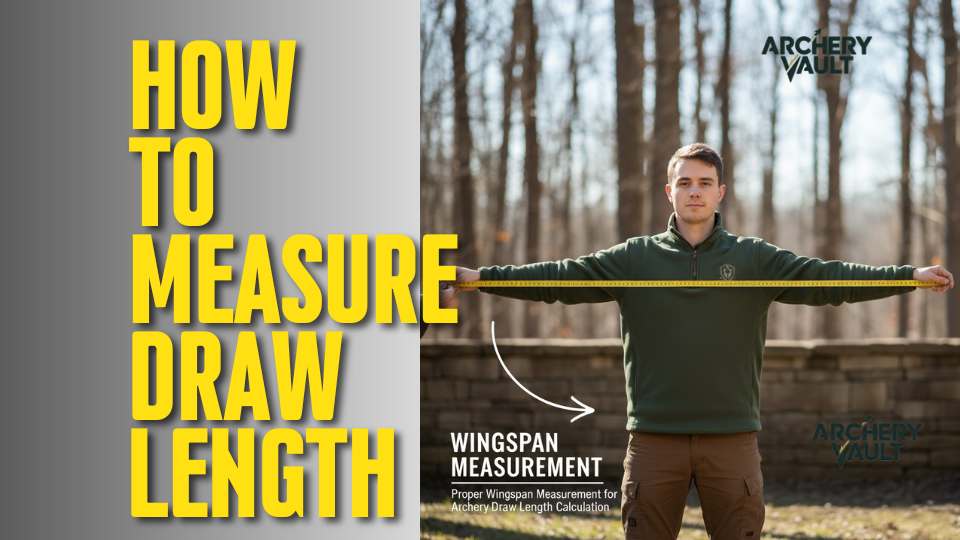Look, I’ve spent enough time at the range watching guys artotalgue about fps numbers to know most of them are guessing. Or worse—believing the inflated marketing speed on the bow box. Your Bear Cruzer G4 might claim 315 fps, but with your actual draw length, arrow weight, and that peep sight you just added? You’re not hitting those numbers.
An arrow speed calculator won’t replace a chronograph, but it’ll get you close enough to make smart decisions about your setup before you invest in expensive arrows or broadheads.
Why Arrow Speed Actually Matters
Speed isn’t everything. I’ll say it again for the guys in the back—speed isn’t everything. But it does matter. Faster arrow speed means flatter trajectory, which translates to better accuracy at unknown distances. When that buck steps out at what you think is 35 yards but is actually 42, those extra fps can save your shot.
Every 5 grains of added arrow weight costs you approximately 1-2 fps. Your Gold Tip Hunter XT shaft, plus insert, plus your Rage Hypodermic broadhead, plus fletching, it adds up fast. And it’s not just total weight you need to worry about. Where that weight sits matters too. Check your FOC (front of center) balance if you want your arrows flying straight. A 400 grain arrow will absolutely fly slower than the 350 grain arrow the manufacturer used for their IBO rating.
🏹 Arrow Speed Calculator
This arrow speed calculator uses the standard IBO formula adjusted for your specific setup. Starting from your bow’s IBO rating, it accounts for draw length (±10 fps per inch from 30″), draw weight (±15-20 fps per 10 lbs from 70 lbs), arrow weight (approximately 1-2 fps per 5 grains of added arrow weight), and accessories. Results are estimates—use a chronograph for exact measurements.
How To Use This Arrow Speed Calculator To Estimate Real Speed
Here’s what you need:
Your bow’s IBO speed – That’s the baseline. Most compound bows from manufacturers like Mathews or Hoyt rate between 300-350 fps under perfect conditions (70 lbs draw weight, 30-inch draw length, 350 grain arrow, no accessories).
Your actual draw length – Every inch of draw length away from 30″ changes your speed by roughly 10 fps. Got a 28″ draw? You’re already down 20 fps from the rating.
Your actual draw weight – Every 10 lbs you’re pulling changes speed by approximately 15-20 fps. Most real bowhunting setups run 60-65 lbs, not the 70 lbs IBO standard.
Total arrow weight – Shaft, nock, insert, broadhead, fletching. If you’re building arrows from scratch, use our arrow spine calculator first to make sure you’re starting with the right shaft stiffness for your draw weight and length.
Accessories – Peep sight, string loop, string silencers—each one costs you a few fps. It’s not huge, but when you’re already working with realistic numbers, it matters.
The Reality Check
I’ve chronographed at 315 fps with a 400 grain arrow setup on a bow that’s rated at 350. Math checks out. The arrow speed calculator to estimate your real-world speed puts you in the ballpark. Use a known speed from your chronograph to tune the calculation if you want even more accurate results.
Input your numbers. Calculate. Then adjust your setup based on what you learn. Maybe you’re losing 5 fps to those string silencers you don’t really need. Maybe bumping up to a longer draw actually makes sense for your bow to store more energy and efficiency.
Bottom line: This gives you arrow speed based on physics, not marketing. Use it before buying your next dozen arrows or wondering why your Black Eagle X-Impact shafts aren’t performing like you expected.
What’s your current setup chronographed at? Close to the estimate?



